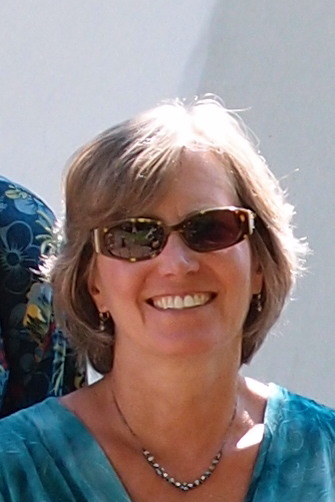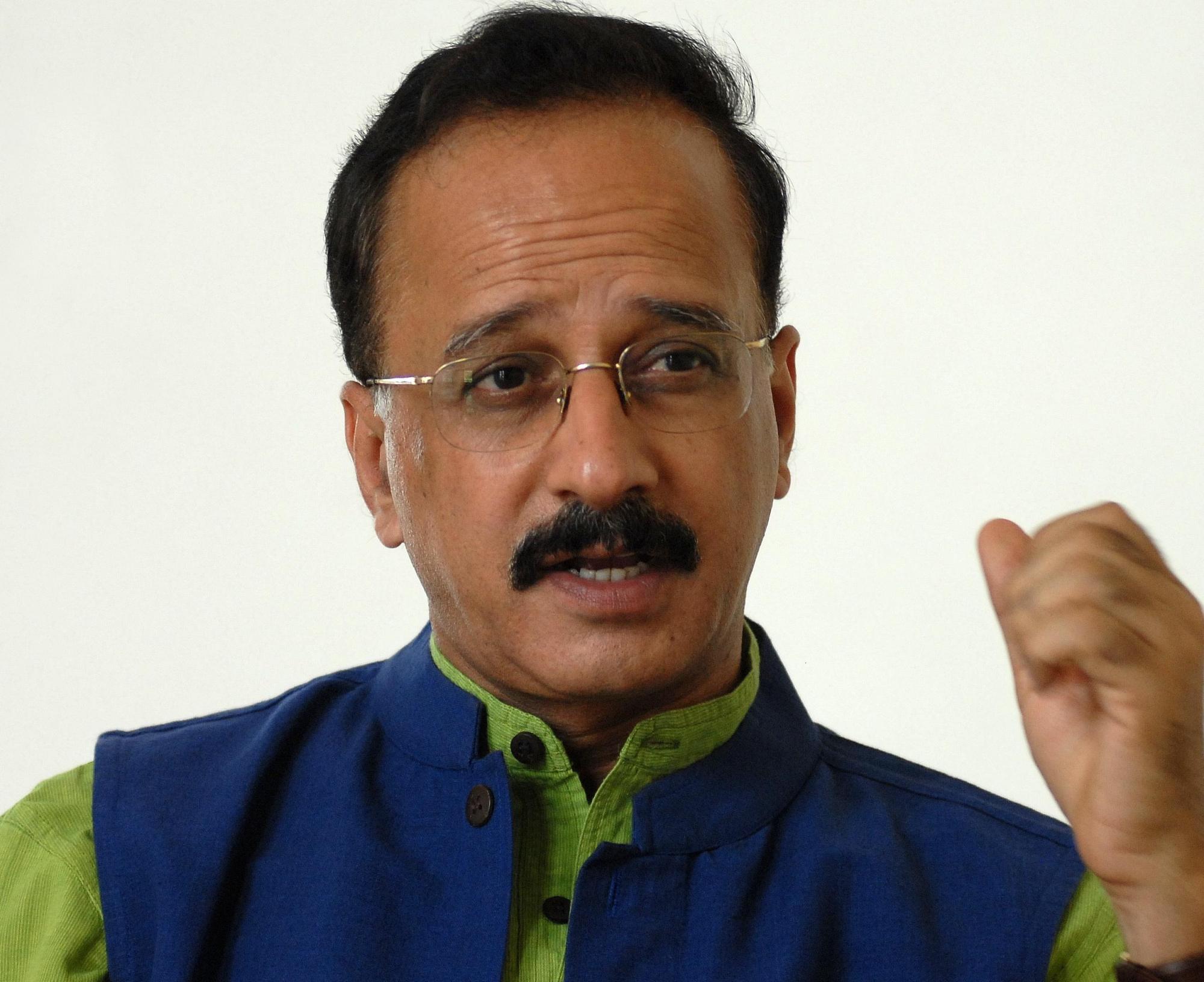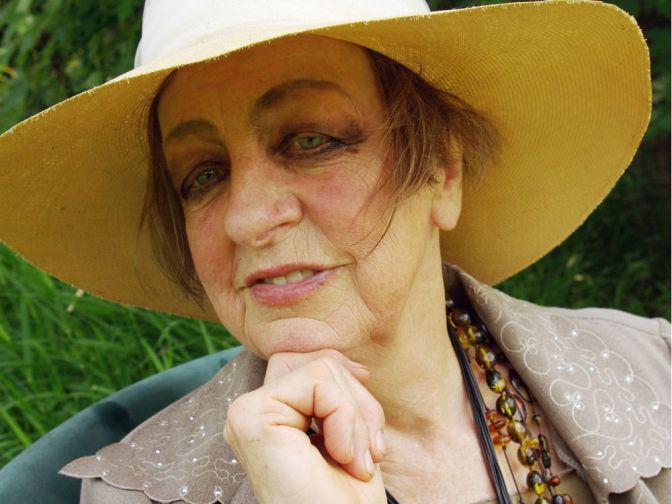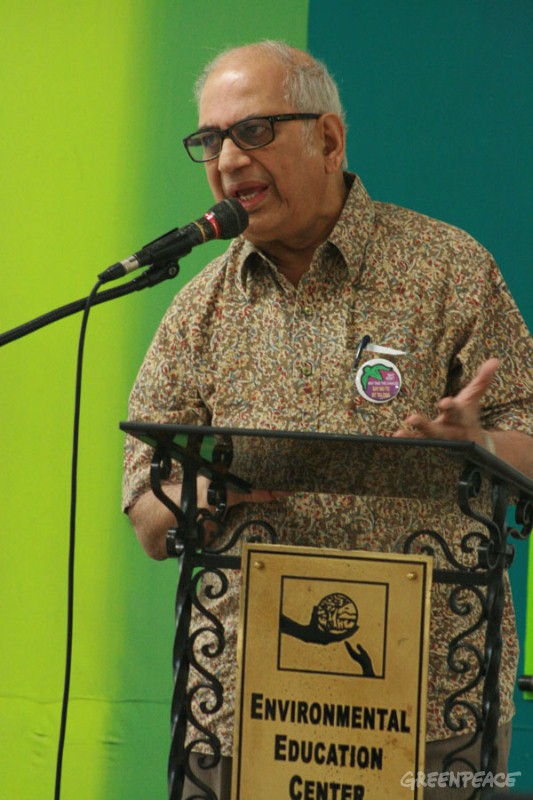Here is a remarkable story of Catherine Colvin of Minnesota, USA.
Sick from possible excessive exposure to harmful chemicals, she had a series of debilitating illnesses from childhood.

Catherine Colvin
By the time she was in her 40s, the doctors had given up on her, suffering from Multiple Sclerosis, Thyroid, and blood cancer to name such a few. She was looking towards another 2 or 3 years to live under lingering pain and disability.
She lost her job, her medical insurance and her support system from the healthcare industry. That was in 2006. She should have been dead long before today.
and yet, she survived, and is well on her way to curing herself, without funds, without medical insurance and without western medicine, so to speak.
Her primary tactic was to remove synthetic chemicals from her life and her lifestyle. Her second line of defence was to study alternative medicine practiced by just about everybody except the western medical profession. And she lived to tell the tale.
- She was a military child, and was exposed to a chemical environment from childhood.
- She had allergies, small cysts on skin, asthma. She got sick after vaccines
- Her mother had her on birth control to her at 13
- She wen anemic at 14
- She developed endometriosis symptoms at 14 though not diagnosed until 19
- Doctors recommended that she should have a hysterectomy because it was the only cure and she would never have children anyway. She did not have the hysterectomy at the time, thankfully – and eventually got to be a mother of two healthy sons – now, 29 and 34.
- She had multiple sclerosis from childhood.
- In 1989 she finally had a hysterectomy
- In 2005 She was diagnosed with Hashimoto’s Thyroiditis
- Same year, 2006 she was confirmed to have multiple sclerosis
- Also in 2006, she was diagnosed with acute paraproteinemia – a blood cancer.
- She was to face life expectancy of next 2 to 3 years. She should not be alive today at all.
- She lost her high paying job. She lost her medical insurance. Doctors stopped speaking with her. She only had to wait for death.
- But she outlived all expectations, and cured most of her illness, without the medical establishment, without insurance and mostly without western medicine.
- The most effective treatment she did – was remove synthetic chemicals from her life.
- She learned what alternative treatments, usually outside the U.S. such as Chinese, Indian, African, Latin American and American Indian treatments.
- Changed diet drastically – eating things that were easy to digest and beginning to heal her gut microbiome.
- She avoided trans fats, sugars
- She went on celiac diet for about 6 months
- She detoxed herself with the lemonade diet or Master Cleanse for a few months and now twice yearly
- She used mega-doses of zero toxicity supplements such as liposomal vitamin C which she can now make at home, vitamin D, E, K, A, the B’s and others.
- She mixed her own RO (reverse osmosis) water with baking soda and sea salt and trace minerals
- She used dehydrated greens 3 times daily as a drink
- She used 35% food grade hydrogen peroxide to dilute and use for soaking in baths and washing vegetables
- And she went organic – organic – organic.
- Within months most of her symptoms where receding. Her blood cancer started curing itself. Today, it is undetectable.
- Multiple sclerosis started healing. She could walk a block without collapsing.
- She tried every unconventional treatment. She found out that, for her thyroid, in some nations, patients are given a diet of the thyroid gland of a cow or pig, chopped up and raw. She found the same treatment used in the west for pets, such as thyroid issues for a pet dog or cat – but not humans.She ordered thyroid gland from an organic grass fed cow, for her imaginary “sick dog”. Then she ground out the meat, and ate it raw herself, along with enzymes to help her digest it (she had gone vegetarian by then, so she needed help to digest raw meat). Her thyroid problem is fast improving.
- She removed chemicals from her life by tossing out store sold soap and makes her own, for washing her clothes, her dishes and even herself.
Today, she has not only outlives expectations, her blood cancer cannot be detected, her sheer tiredness is gone. She has a spring in her step. At 53, she is healing and aging at the same time. Far as I can tell, she is going to outlive me and many others of our generations.
.
This is the story of my friend Catherine Colvin of Minnesota, USA.
I am editing my interview with her – for a two part podcast.
The picture above is a recent one – well on her way to healing.
Introducing – Catherine Colvin – who defied death by stepping away from western medicine, diet, and to a large extent, rejecting the traditional western lifestyle – though she kept the motorcycle.





 You can find the talk listed at the bottom of this page. It can be playing directly by clicking on it. You can also find it in iTunes, if you look for a podcast under the name of Tony Mitra, and go through the list of episodes. It can be identified by the logo at left.
You can find the talk listed at the bottom of this page. It can be playing directly by clicking on it. You can also find it in iTunes, if you look for a podcast under the name of Tony Mitra, and go through the list of episodes. It can be identified by the logo at left.


